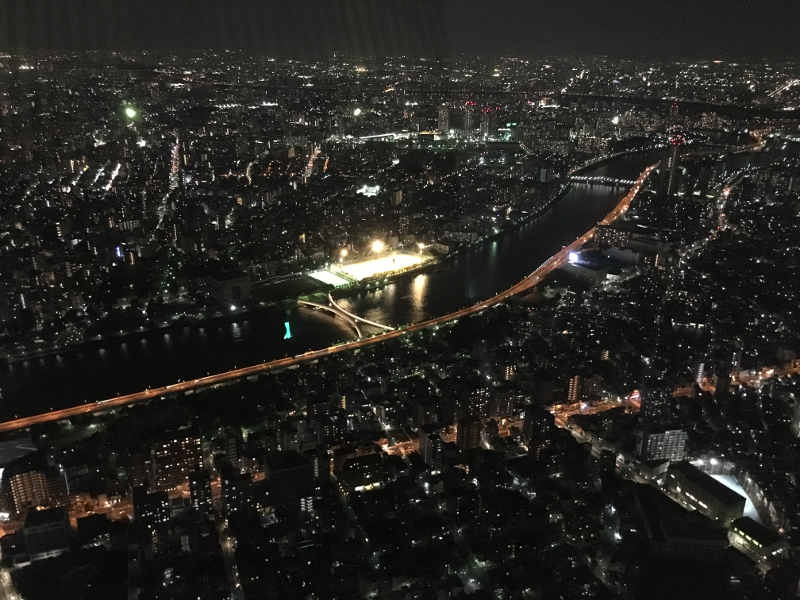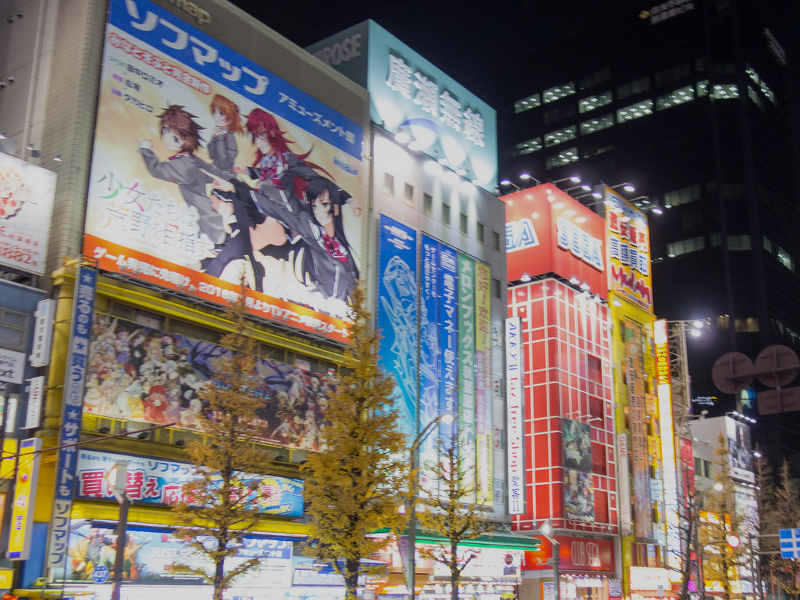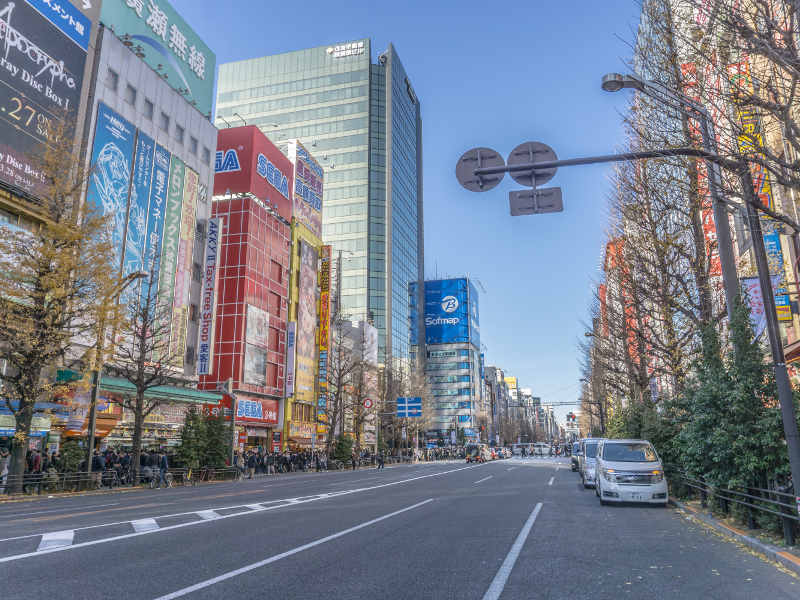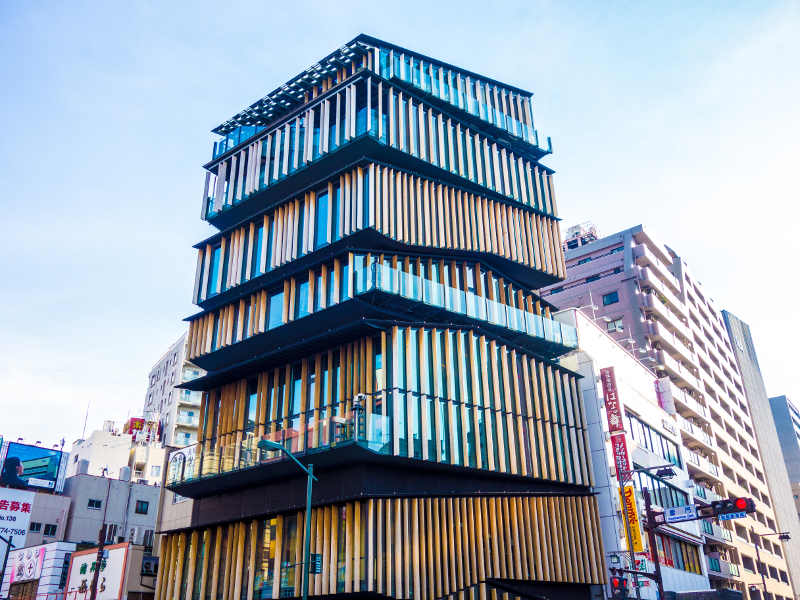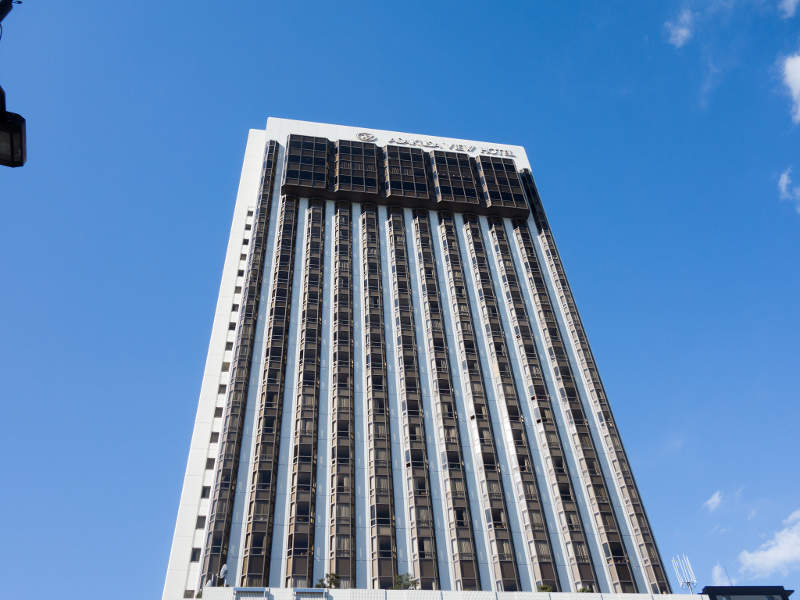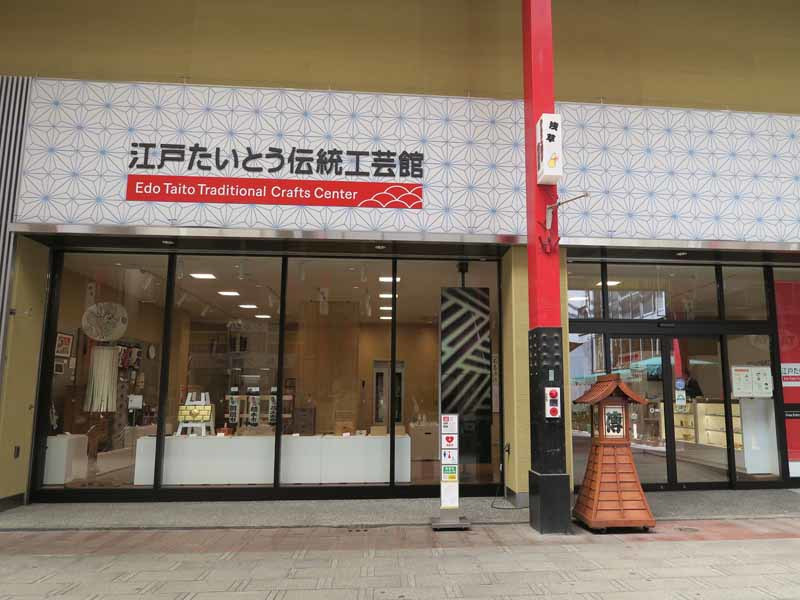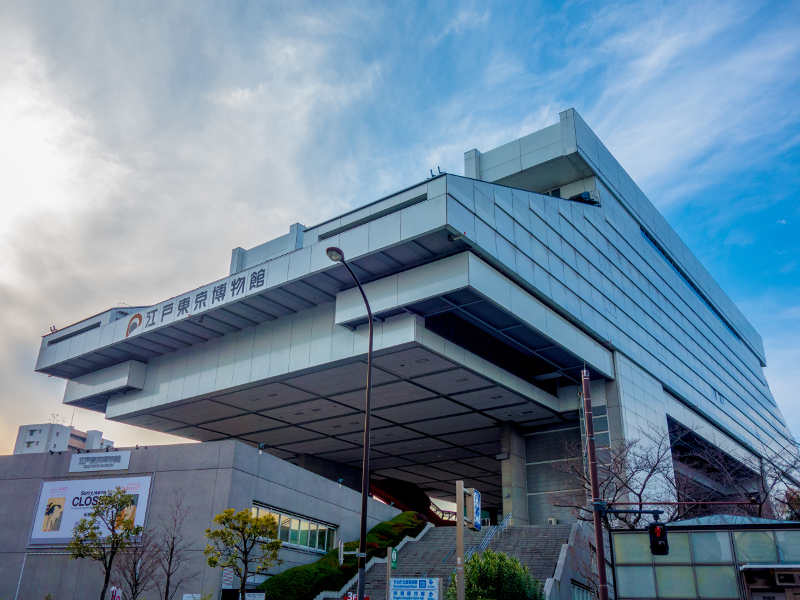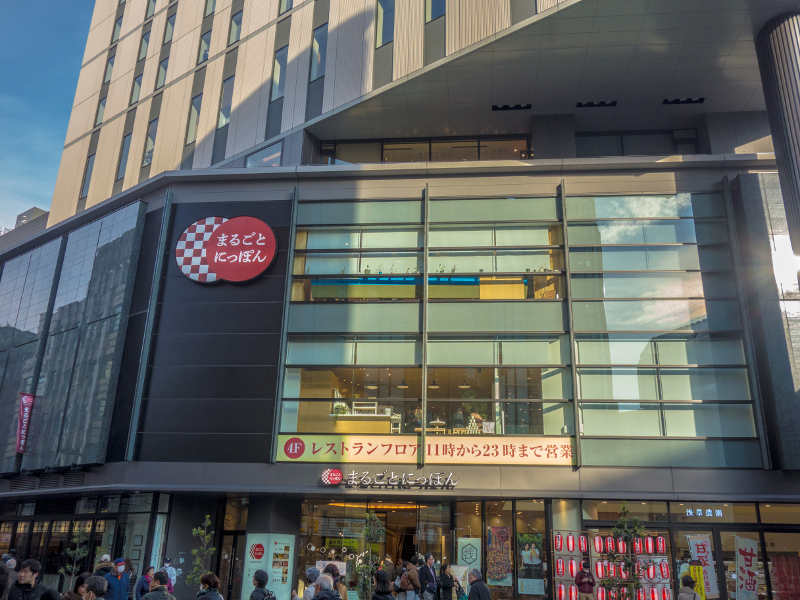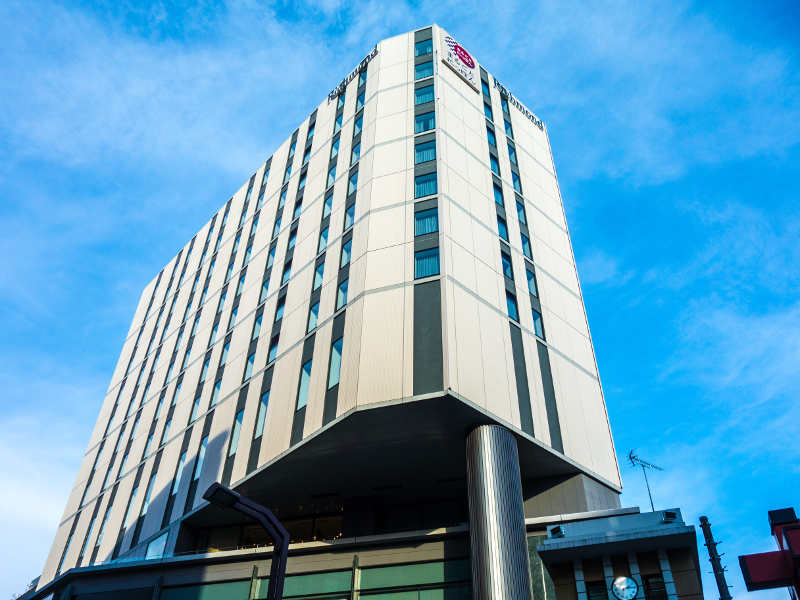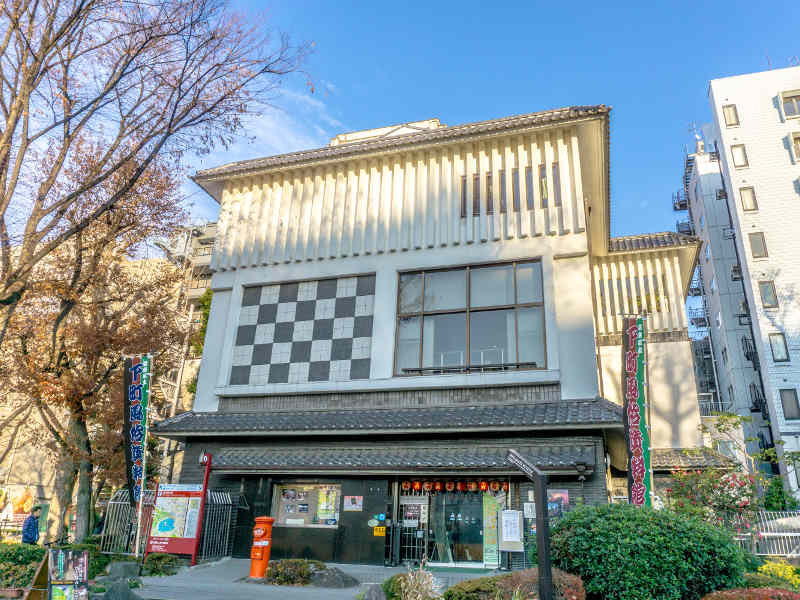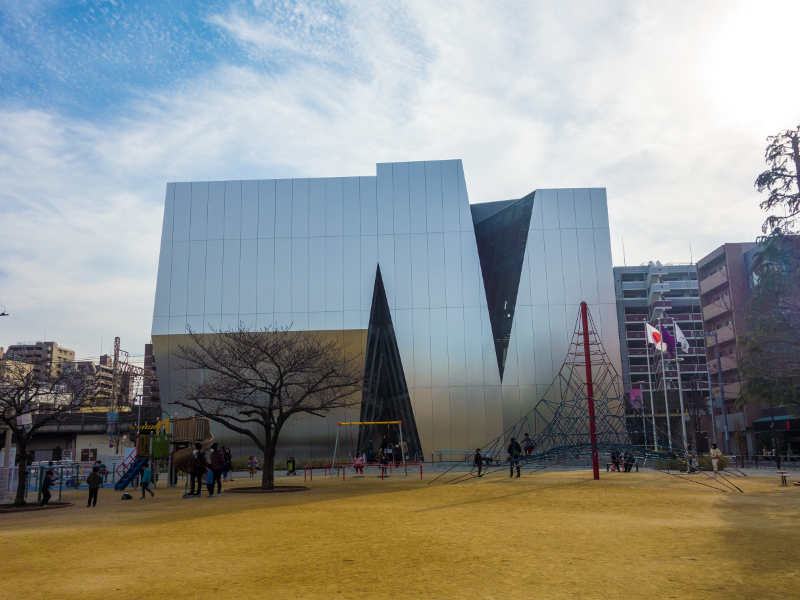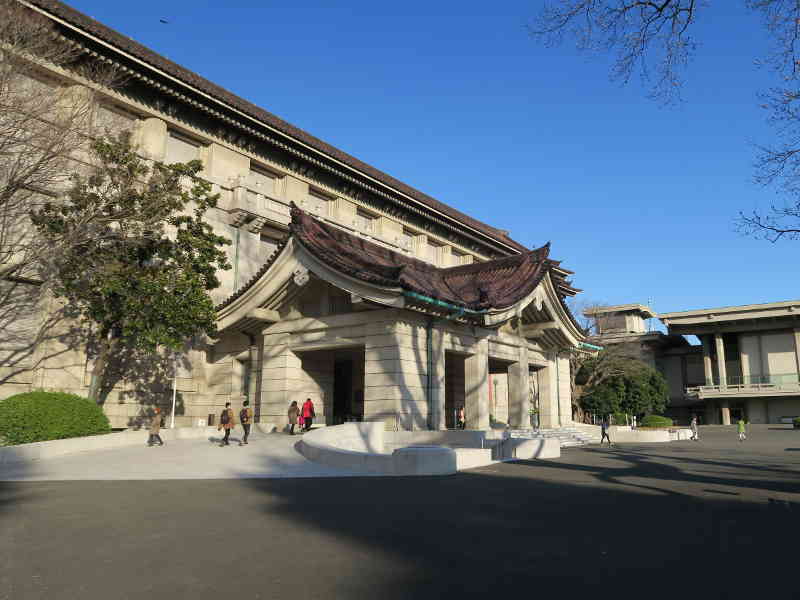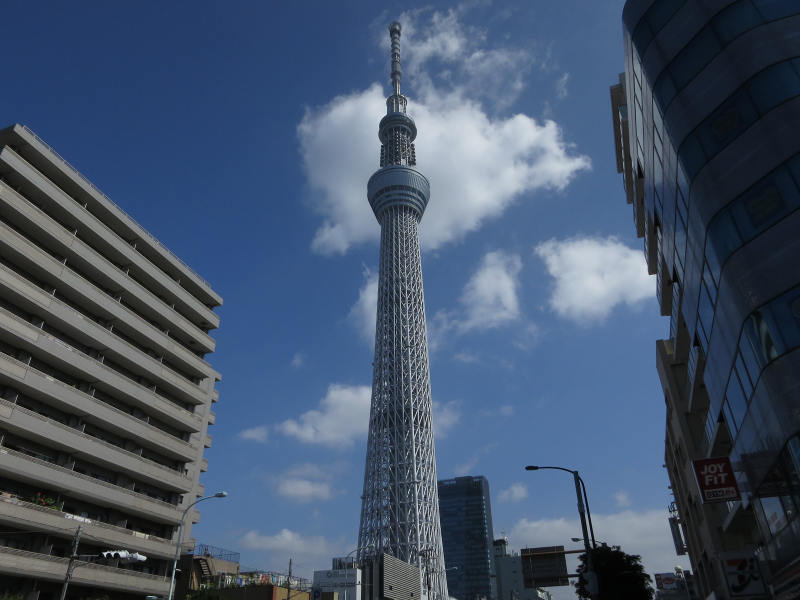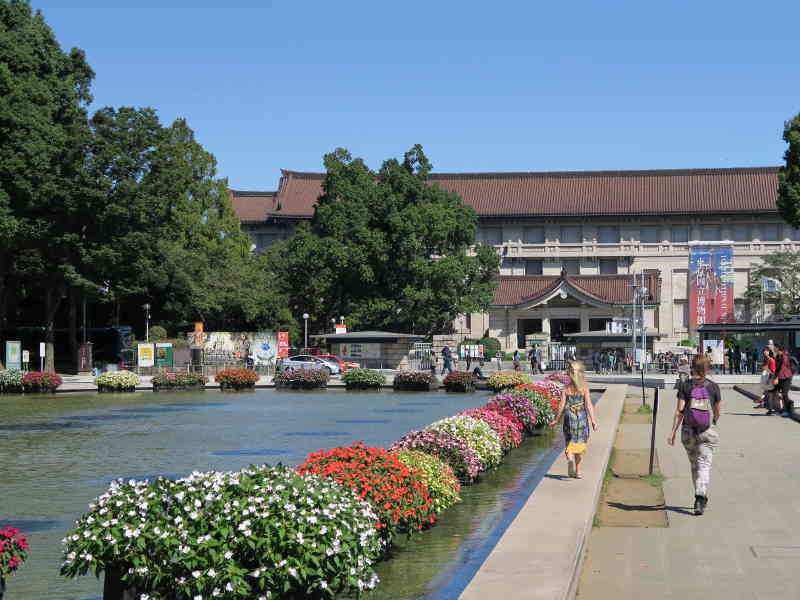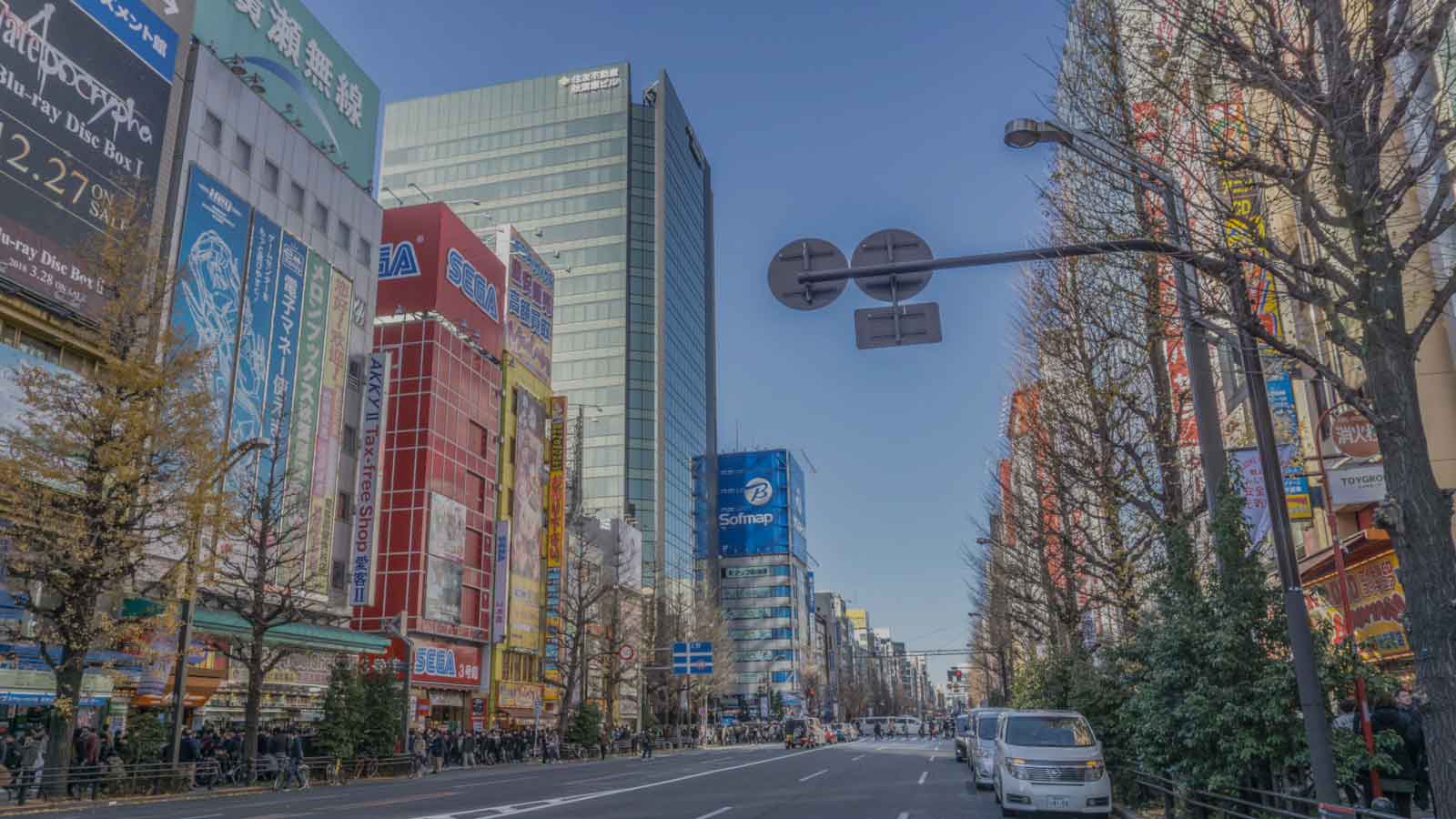
Asakusa/Ueno

Asakusa and Ueno have been popular among tourists from home and abroad as the place with a nostalgic downtown atmosphere. The accessibility from the nearby stations to Asakusa or Ueno is good and temples, parks, souvenir shops and restaurants attract tourists from foreign countries.
Ueno
Ueno is known as the gateway to Tokyo from northern Japan. It used to be the precinct of Kan-eiji Temple which was the Tokugawa Shogun’s family temple in the Edo Period. The center of this area is Ueno Park with various cultural facilities such as zoos, museums, galleries and so on in a natural environment. The park is also popular for cherry blossom viewing in spring.
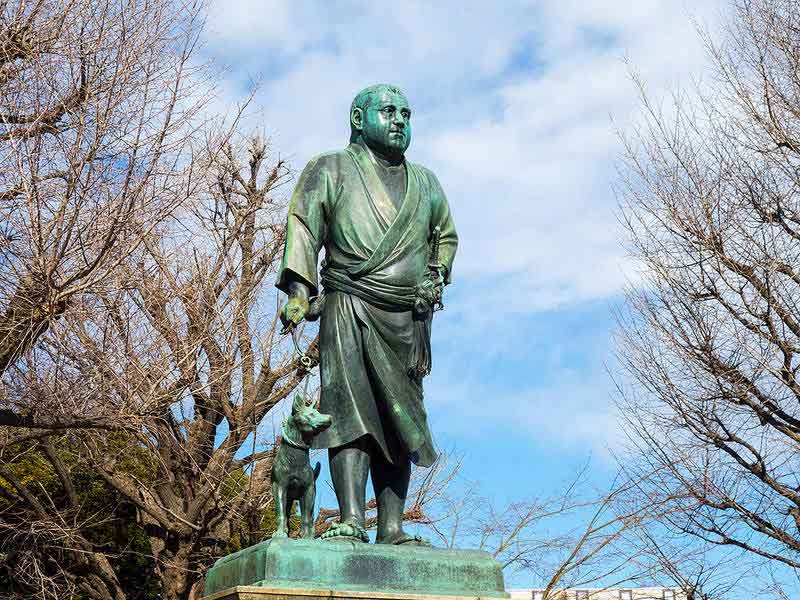
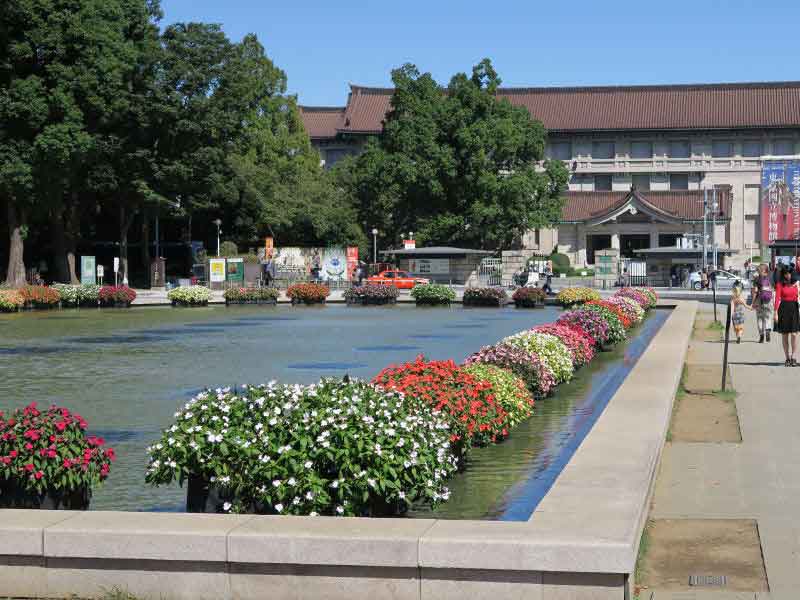
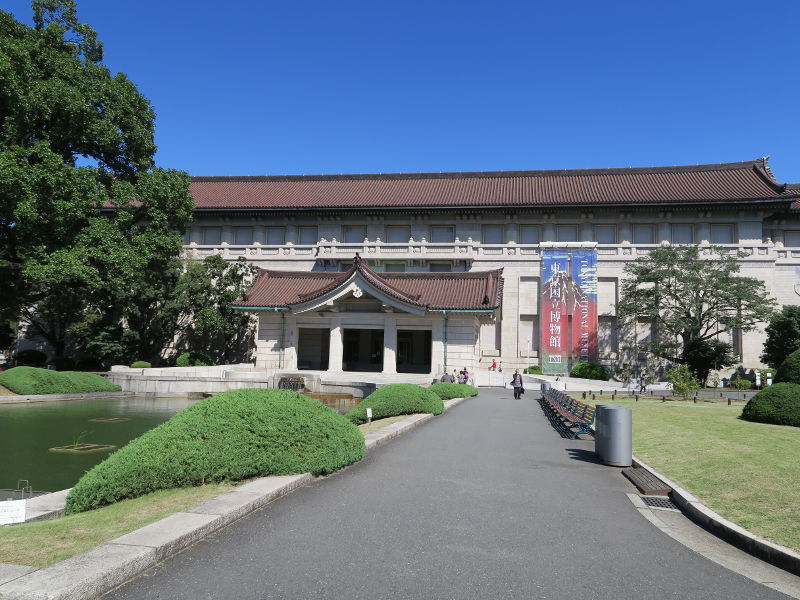
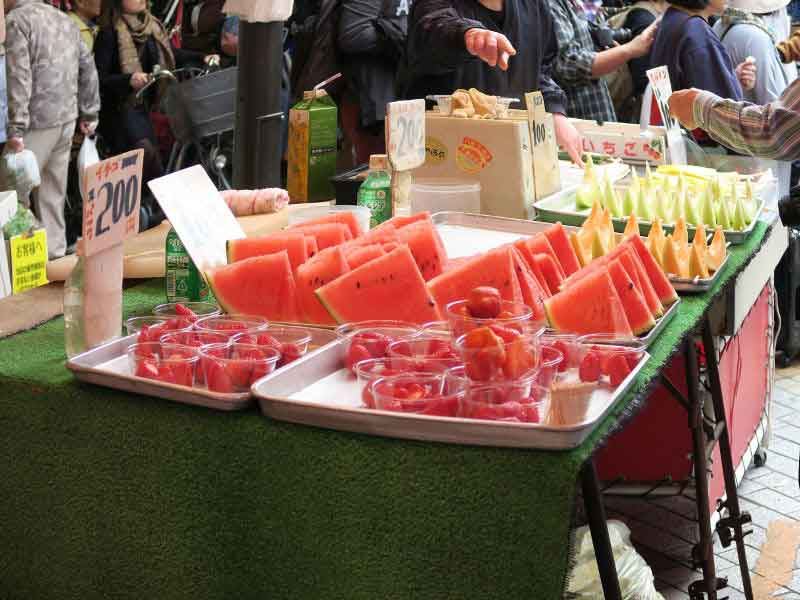
Ameyoko shopping district developed from black markets after the Second World War sits along the railroad underpass between JR Ueno Station and Okachimachi Station. Various items from cosmetics to fresh food can be purchased at reasonable prices here.
Roads in the Ueno area are paved, wide and flat. Tourist spots in this area are close to stations and convenient for visitors. But there are some slopes and stairs which are not accessible for wheelchair users and worth checking the routes in advance.
Recommended route to the main spot (Wheelchair accessible route)
- Accessibility at Ueno Station
- The layered structure of JR Ueno Station may appear complicated as it has the Shinkansen platforms together with local lines. However, local line platforms for metropolitan areas are mostly on the same floor and the information maps are easy to understand.It is convenient to use the Park Exit with a slope to visit Ueno Park. There are not many elevators going down to the central gate on the 1st floor (firstly, going up to the 3rd floor by nearby elevators from the local line platforms, then use the elevator near Iriya Gate to the 1st floor), but Hirokoji Exit or Shinobazu Exit on the 1st floor are convenient for Ameyoko area access as those exits have slopes.
- The station guide of Ueno Station is here
- The layered structure of JR Ueno Station may appear complicated as it has the Shinkansen platforms together with local lines. However, local line platforms for metropolitan areas are mostly on the same floor and the information maps are easy to understand.It is convenient to use the Park Exit with a slope to visit Ueno Park. There are not many elevators going down to the central gate on the 1st floor (firstly, going up to the 3rd floor by nearby elevators from the local line platforms, then use the elevator near Iriya Gate to the 1st floor), but Hirokoji Exit or Shinobazu Exit on the 1st floor are convenient for Ameyoko area access as those exits have slopes.
Asakusa
With Senso-ji Temple as its center, Asakusa has been developing as a busy district from the Edo Period. The area still preserves the atmosphere of the old Edo Period and you can feel the traditional Japanese culture making it a popular spot for tourists from home and abroad. Nakamise, a souvenir shopping street is also bustling with tourists.
During spring cherry blossom season, special boat cruises (assistance for wheelchair users available) along Sumidagawa River are available and Sumida Park is known as the place of beautiful cherry blossoms.
Tokyo Sky Tree seen from Asakusa and unique buildings such as the head office of Asahi Breweries, Ltd. are attractive photographic subjects. The tourist information center in front of Kaminari-mon Gate of Senso-ji Temple provides information and maps.
Various kinds of festivals are held year-round, such as Sanja-Matsuri in the middle of May, Sumidagawa River Firework Festival and Chinese Lantern Plant Market in July.
Roads are paved, wide and flat, there is no problem for wheelchair users.

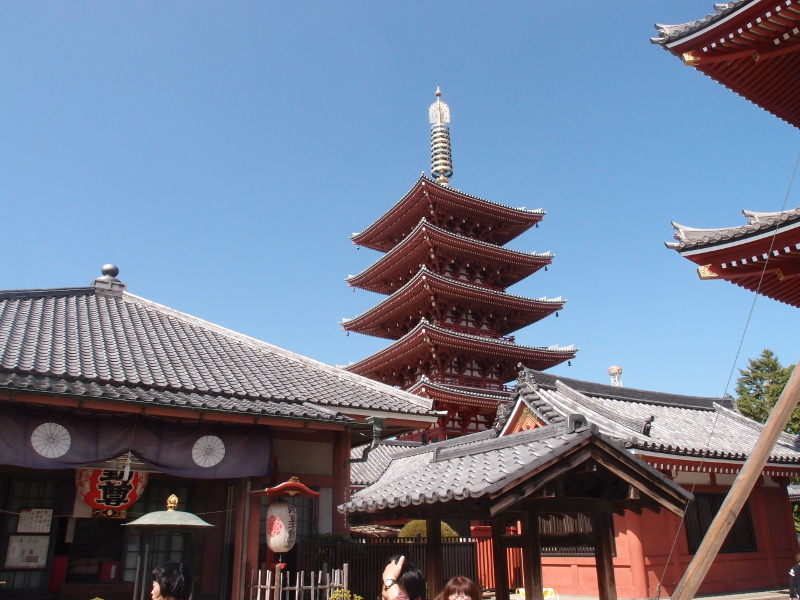
Recommended route to the main spot (Wheelchair accessible route)
- Accessibility at Asakusa Station
- Asakusa Station of the Toei Asakusa Line is the most convenient station for wheelchair users with elevators to the ground level being equipped. However, practically speaking many tourists use the Ginza Line of Tokyo Metro. The Ginza Line has the elevator to the ground level only on platform 2. Wheelchair users can get information about the arrival platform of Asakusa Station at the boarding station, and there is an announcement about the arrival platform at Tawaramachi Station which is one stop before Asakusa station.
These points should be noted because the Ginza Line is closer to Senso-ji Temple and the central part of this area.
- Asakusa Station of the Toei Asakusa Line is the most convenient station for wheelchair users with elevators to the ground level being equipped. However, practically speaking many tourists use the Ginza Line of Tokyo Metro. The Ginza Line has the elevator to the ground level only on platform 2. Wheelchair users can get information about the arrival platform of Asakusa Station at the boarding station, and there is an announcement about the arrival platform at Tawaramachi Station which is one stop before Asakusa station.
The station guide of Asakusa Station is here
- All
- Hotel
- Sightseeing
- Shopping
- Art/Culture
- Park/Amusement
- Train Station

